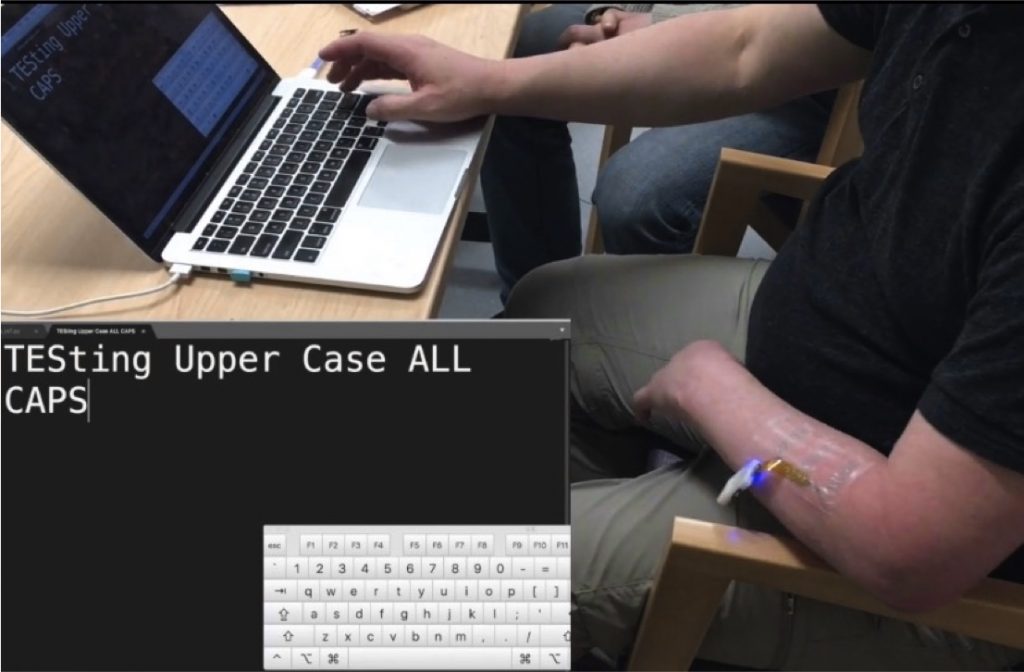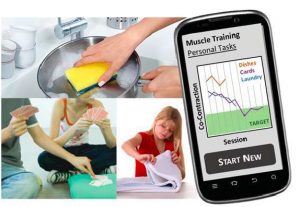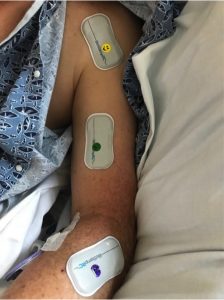Ubiquitous sensing with wearable technology, video, and environmental sensors has opened new doors to support human health and performance. In rehabilitation, advancing these methods for actionable clinical insight is critical to improve outcomes and support activities of daily living. Research has demonstrated that repetitive practice can improve function after injury – whether that involves practicing tasks after neurologic injury or performing strengthening or stretching exercises after musculoskeletal injury. However, the methods to support this practice are time and resource intensive.
Face it – we would rather be playing outside, watching TV, or doing anything else besides the boring exercises and stretches that compose the typical rehabilitation regime. Rehabilitation shouldn’t require so much time, effort, or persistance. We, as engineers, designers, and clinicians need to creatively determine how to leverage novel sensing and feedback modalities to reduce the burdens of rehabilitation and support long-term health.
Advances in sensor technology and ubiquitous sensing have created new pathways to understand and monitor human activity during daily life – facilitating movement practice in the home and community. The objective of this research is to develop the technology to enable ubiquitous rehabilitation – rehabilitation that harnesses activities of daily life to monitor, train, and improve movement. Specifically, we seek to design, develop, and evaluate novel approaches for tracking and training muscle activity to improve upper extremity function after neurologic injury.
Machine Learning for Digital Biomarkers (2022-Present)
In the past decade, the options for wearable sensors and monitoring in daily life have expanded greatly. Most of us now carry at least one inertial measurement unit (IMU) with us at all times – a smartphone, smartwatch, earbuds, or other technology. The challenge is leveraging this ubiquitous sensing data for actionable insight to support rehabilitation, predict/prevent injury, and support activities of daily life. Working with Nathan Kutz from the Departments of Applied Math and Electrical & Computer Engineering, we are developing methods to monitor, predict, and shape movement in daily life.
Smart & Connected Health Initiative (2015-2022)
In collaboration with UT Austin and supported by the NSF-NIH Smart & Connected Health Initiative, this research combines expertise in engineering, material science, and rehabilitation to achieve three primary objectives:
- Developed and tested novel stretchable, wireless electromyography sensors for muscle activity monitoring and mobile interfaces for data processing, visualization, and biofeedback training
- Quantified muscle activity and movement after stroke, and
- Evaluated methods to integrate biofeedback training into daily life.
Through this work we demonstrated that wearable sensors could be worn comfortably, with higher user satisfaction in the clinic, home, and workplace. In stroke, using the MC10 Biostamp we demonstrated that muscle activity can be detected through passive monitoring even when a patient cannot initiate voluntary movement. Further, early results suggested that patterns of early muscle activity may be associated with outcomes after inpatient rehabilitation. We also developed and tested biofeedback methods for monitoring muscle activity and providing alternative control paradigms for computers and other devices to support muscle activity and rehabilitation-relevant practice in daily life.

One of our co-designers requested using the EMG electrodes to control the shift key on his computer. Now he can use the interface to both make typing easier and practice activating his forearm muscles while he is at work.
Funding
This material is based upon work supported by the National Institutes of Health, National Institute of Biomedical Imaging and Bioengineering under Grant Number R01EB021935. Any opinions, findings, and conclusions or recommendations expressed in this material are those of the author(s) and do not necessarily reflect the views of the National Institutes of Health.
- NIH – NIBIB: SCH: Ubiquitous Rehabilitation to Improve Movement After Neurologic Injury


